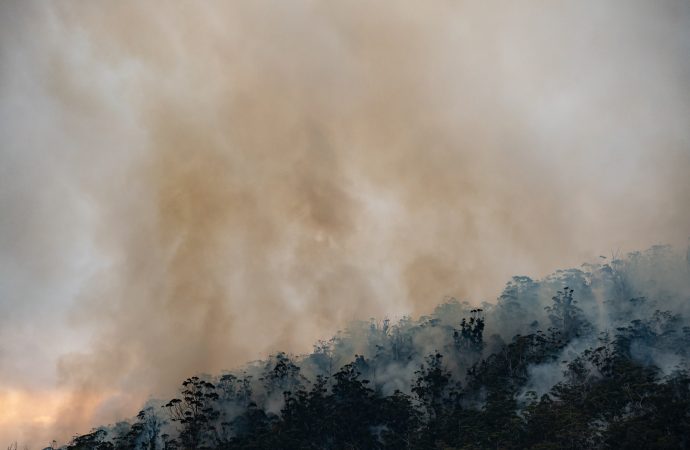Introduction: A recent study has shed light on the fascinating connection between Australia’s catastrophic wildfires and the subsequent occurrence of La Niña, a climate phenomenon with far-reaching implications for US weather patterns. This groundbreaking research not only deepens our understanding of the complex interplay between natural disasters and global climate systems but also underscores
Introduction:
A recent study has shed light on the fascinating connection between Australia’s catastrophic wildfires and the subsequent occurrence of La Niña, a climate phenomenon with far-reaching implications for US weather patterns. This groundbreaking research not only deepens our understanding of the complex interplay between natural disasters and global climate systems but also underscores the potential effects of Australia’s wildfires on weather conditions thousands of miles away. In this article, we delve into the study’s findings and explore the implications for US weather.
Unraveling the Link:
The study, conducted by an international team of scientists, has unraveled a compelling connection between Australia’s wildfires and the emergence of La Niña. By meticulously analyzing extensive datasets and employing sophisticated climate models, researchers have identified a cause-and-effect relationship that highlights the impact of these fires on the broader climate system.
Wildfires as Catalysts:
Australia’s devastating wildfires unleashed an immense amount of heat, smoke, and aerosols into the atmosphere. This influx of pollutants, combined with the colossal release of greenhouse gases, had significant implications for regional and global climate patterns. The study reveals how these wildfires acted as catalysts, triggering a chain of events that ultimately led to the formation and intensification of La Niña.
Understanding La Niña:
La Niña is a natural climate phenomenon characterized by cooler-than-average sea surface temperatures in the central and eastern Pacific Ocean. It has profound effects on global weather patterns, influencing temperature, precipitation, and storm activity. The study demonstrates how the intense wildfires in Australia played a pivotal role in driving the development and strengthening of La Niña.
Impacts on US Weather:
The influence of La Niña on US weather patterns cannot be underestimated. The research findings reveal a strong correlation between the occurrence of La Niña and notable shifts in temperature, rainfall, and storm activity across various regions of the United States. Some areas experienced unusual cold spells, increased precipitation, and heightened flood risks, while others faced prolonged droughts and elevated wildfire potential.
Significance for Weather Forecasting:
The study’s findings have significant implications for weather forecasting and climate modeling. Understanding the links between wildfires, La Niña, and broader weather patterns enables scientists to refine predictions and improve the accuracy of long-term climate forecasts. This knowledge can assist policymakers, emergency management agencies, and communities in making informed decisions and developing effective strategies to mitigate the impacts of changing weather patterns.
The Need for Preparedness:
As climate change continues to drive the frequency and severity of wildfires worldwide, it becomes imperative to address the underlying causes and enhance preparedness efforts. The study underscores the importance of proactive measures such as sustainable land management practices, early warning systems, and climate change mitigation strategies. By taking action, we can reduce the vulnerability of communities and ecosystems to the cascading impacts of wildfires and associated climate phenomena.
Conclusion:
The study’s findings provide valuable insights into the intricate connections between Australia’s wildfires, La Niña, and the resultant impact on US weather. This research highlights the far-reaching consequences of natural disasters and underscores the need for a comprehensive understanding of climate dynamics. By recognizing these interdependencies, we can enhance our resilience, develop effective adaptation strategies, and work towards a sustainable future in the face of a changing climate.

















Leave a Comment
Your email address will not be published. Required fields are marked with *